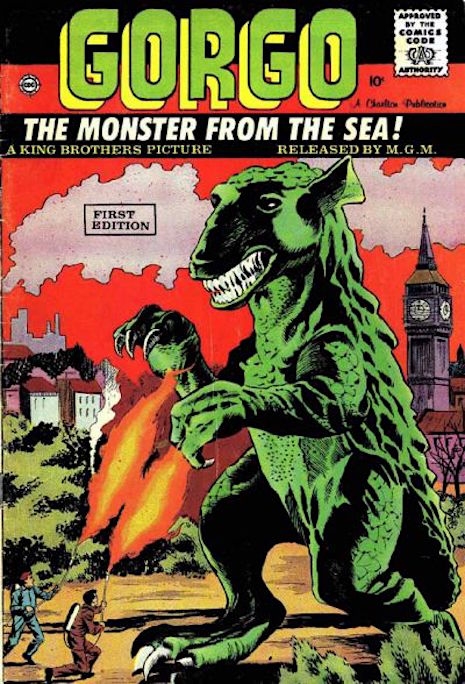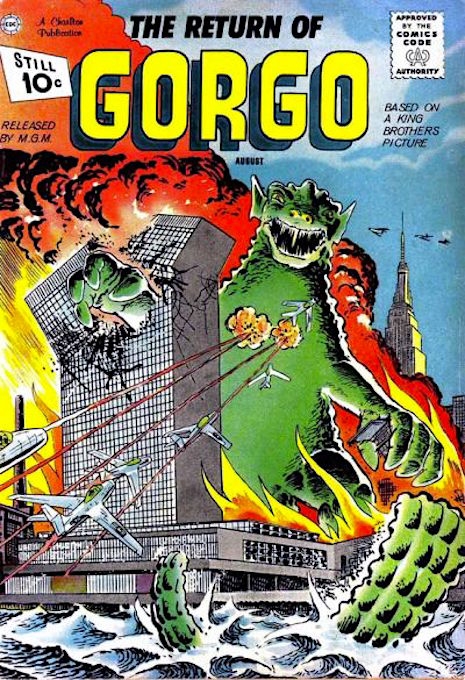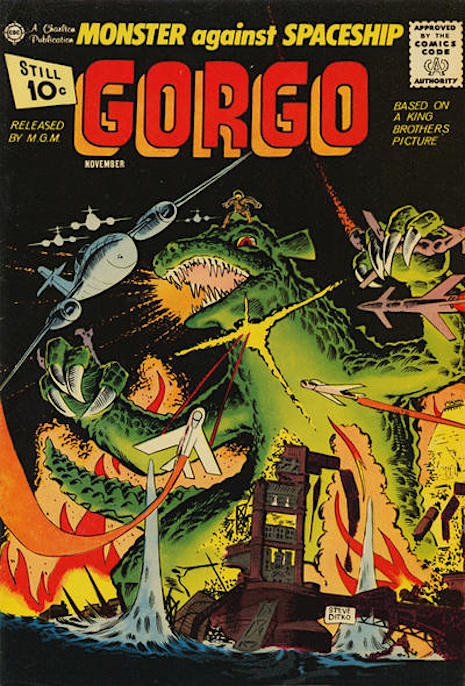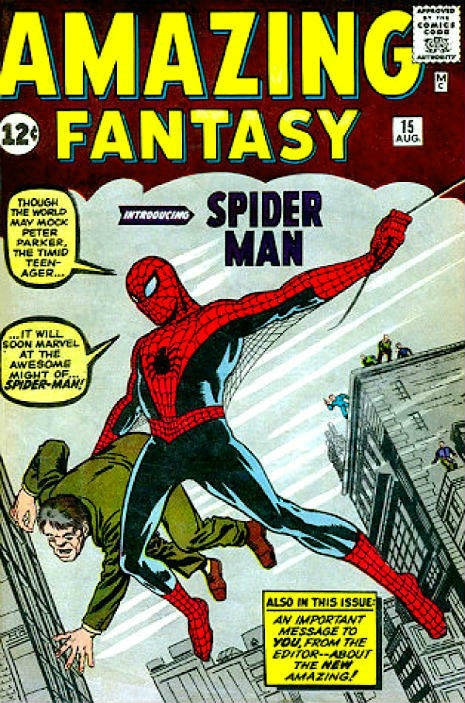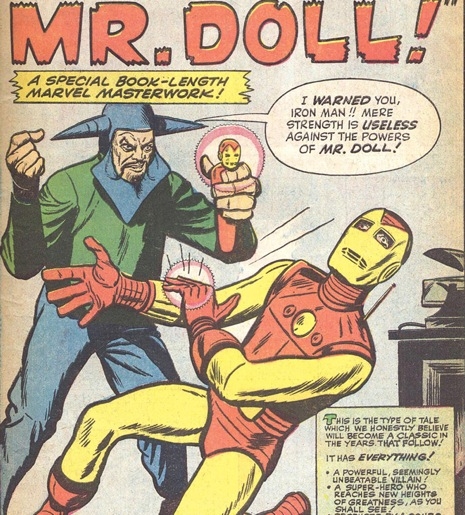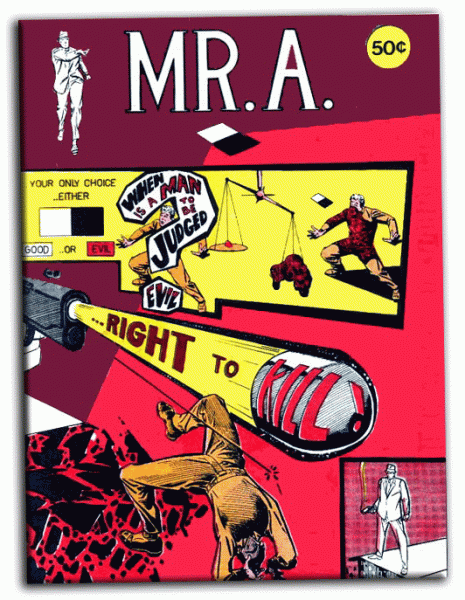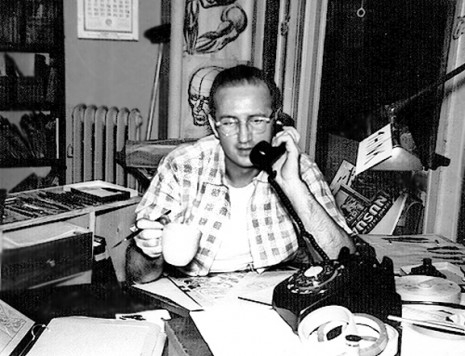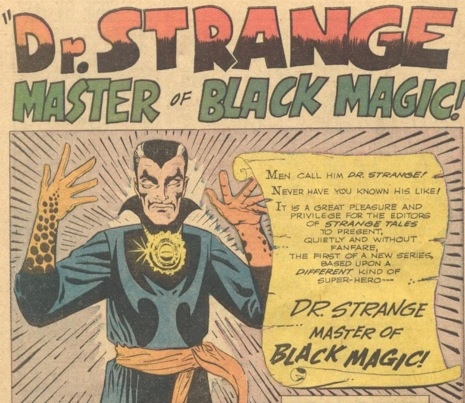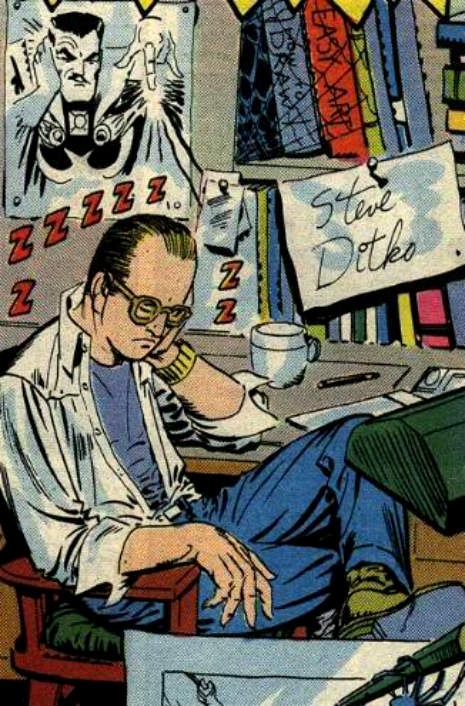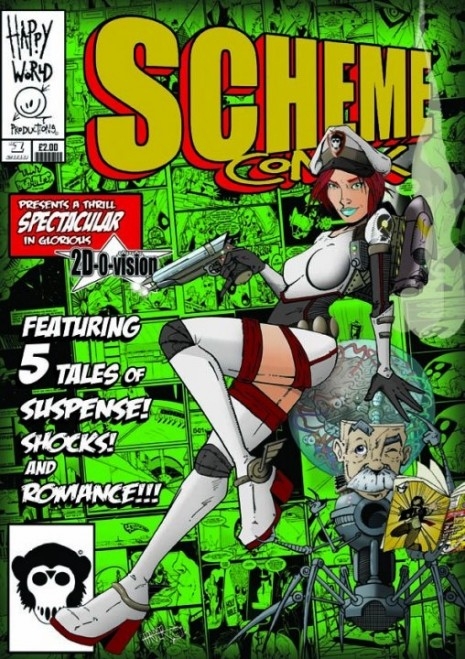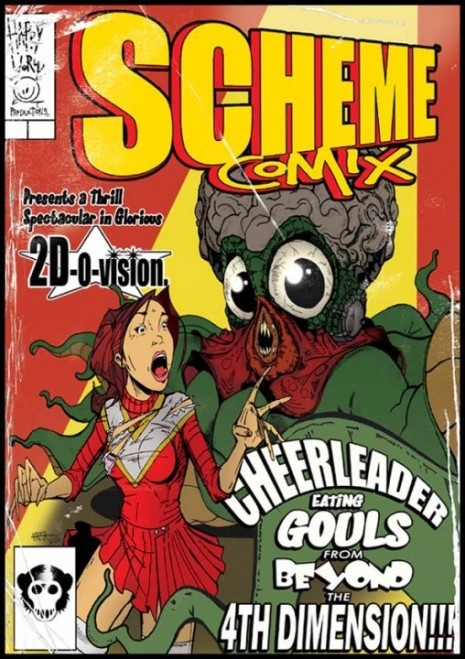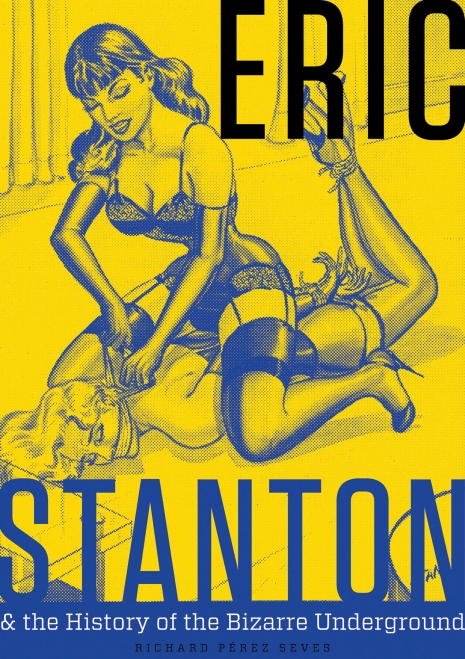
In Eric Stanton & the History of the Bizarre Underground the sordid tale of the fetish world, this so-called “bizarre underground,” is revealed to be less steeped in the creepy/sleazy milieu it is normally portrayed as coming from. Author Richard Perez Seves details how the fetish subculture had many allies and partners in the supposedly more innocent OVERground world of the happy Fifties and Sixties. This long awaited book tells this story as it should be told, with LOADS of black and white and color art reproductions, histories, collectors’ checklists with detailed descriptions and more. It’s a very “modern” book in the sense that it’s perfect for the short attention span world and can be read in, or out, of order as info is needed.
But I’m not saying there’s not much to read, because there is! And it’s written in an appropriate timeline, with copious notes and a great index. It doesn’t come off like an encyclopedia, nor does it speak down to its audience, and best of all it’s a big hardcover book that is really affordable. It’s actually way cheaper than it should be! Eric Stanton & the History of the Bizarre Underground can be found on sale as you read this for around twenty dollars on Amazon! Which is insane! Even the queen of burlesque Dita Von Teese has put her stamp of approval on the book.
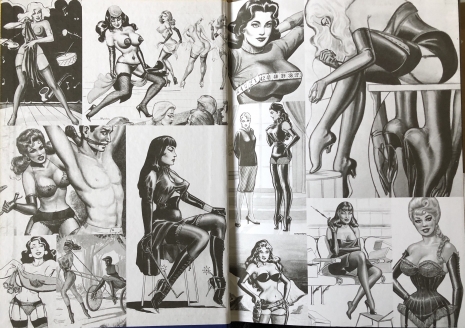
Everything I love and collect culturally seems to lead to the same time period, that fuzzy period around 1954 when things started bubbling into what we now know as rock n’ roll, teenage and monster cinema, the Beats, MAD Magazine, and the “bizarre fetish underground.” All of these things were initially seen as a threat to society the minute they became a “thing” that had an identity. This identity represented rebellion and freedom. All of these things had been brewing for varying periods of time, some for very long periods of time, by single-minded freethinkers experimenting with obsession, be it art, literature, music, or sex. But there’s a moment when a rebellious idea becomes a thing, meaning something that other people realize is happening and so they join in and start doing it as well. Then it becomes… a threat! And when kids get involved it makes it easier for the “critics” and politicians with agendas to start the finger pointing, blaming, set-ups and knock downs, political committees and so on.
These “things” were such a threat to the powers that be that they were portrayed as causing Communism, crime, drugs, pregnancies and worse. The premiere form of presentation in print of the fetish underground was, in fact, comics. Of course there were “dirty” photos as well—notably the classic Bettie Page shoots that informed male libidos of several generations—but it’s worth noting that—at the very least—50% of all published fetish materials were comics, which is quite odd and interesting. These were comics that were not read by children. It doesn’t seem like many women read them either, of course.
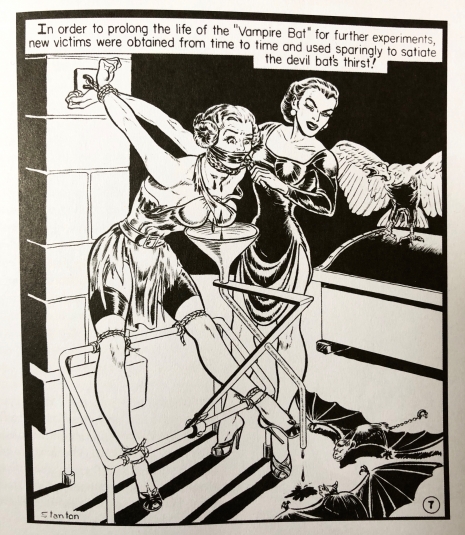
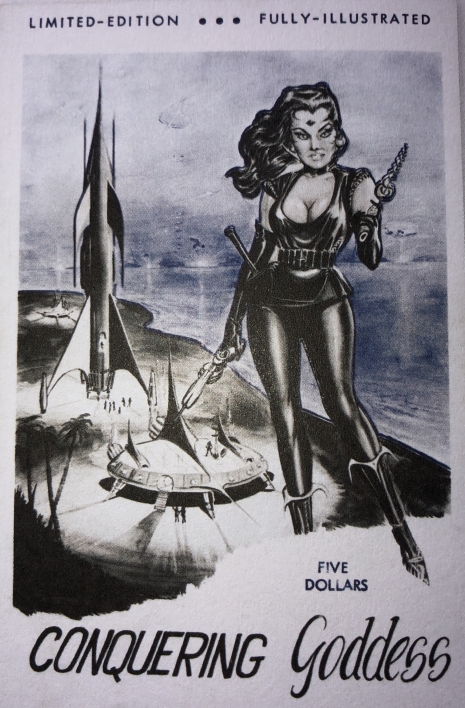
The price is from 1958, which is pretty remarkable!
Unlike most artists, who simply drew what guys like Irving Klaw paid them (very little) to draw, Eric Stanton was very interested in the sexy subject matter he was working with, which is what injected his art with that extra shiny, whip-cracking “something.” He was also instrumental in bringing Gene Bilbrew (aka “Eneg” and other pseudonyms) into that world. Bilbrew was the yang to Stanton’s ying in a sense in that Stanton was a healthy, very fit, white suburban (at that time) family man, and Bilbrew was, as they say, living the life. Gene was an African-American heroin-addicted jazz musician living in, and at the end, dying in (of an overdose) in a porno bookshop on “The Deuce” (42nd Street between 7th and 8th Avenue). Their styles were very similar at first (Bilbrew worked for Will Eisner and Jules Feiffer early on and he and Stanton met at the Cartoonists and Illustrators School, where they also met Steve Ditko and struck up a fast friendship). Bilbrew’s art got consistently weirder and weirder as time and his drug addiction went on, becoming so weird that it seemed to be intentional. And maybe it was, but I’m talking weird on two levels, one in subject matter with everyone, including the “pretty girls” used to sell the books he was illustrating becoming monstrous and bizarre (in the traditional sense) and downright ugly! On the other hand he seemed to lose his sense of perspective with arms and legs getting rendered too short, people looking like midgets, really big, almost square, wall-eyed heads, etc. (If all this was , er… on purpose, then Bilbrew has become my all-time favorite artist! Taking a concept as simple as using sexy women to sell hard up guys horny reading material and taking this idea and turning it on its head into a truly bizarre version of itself.)
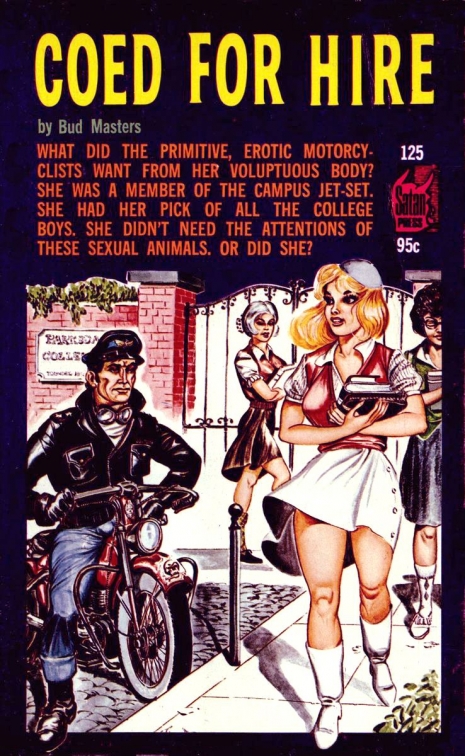
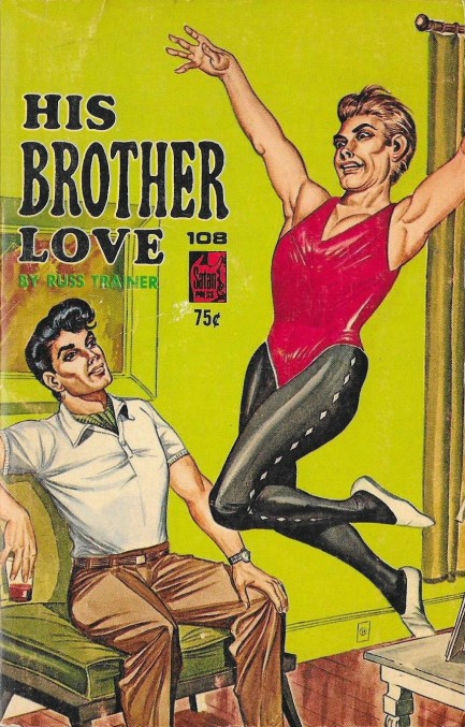

Three paperback covers, all with Gene Bilbrew art.
The big revelation in Eric Stanton & the History of the Bizarre Underground is the direct connection between the world of the adults-only sex underground publications and the burgeoning creation of Marvel Comics. In this book all the guessing, rumors and wondering that has been whispered about for decades is spelled out in words and in pictures!
Eric Stanton was married to a religious extremist who was massively opposed to what he started to do for a living. Stanton realized more and more how much he was turned on by this world he happened to step into and things went very wrong at home. In classic style Odd Couple-style, Stanton moved his studio into his art school buddy’s space. This friend happened to be one Steve Ditko, who would later go on to co-create Spider-Man with Stan Lee.
Keep reading after the jump…






